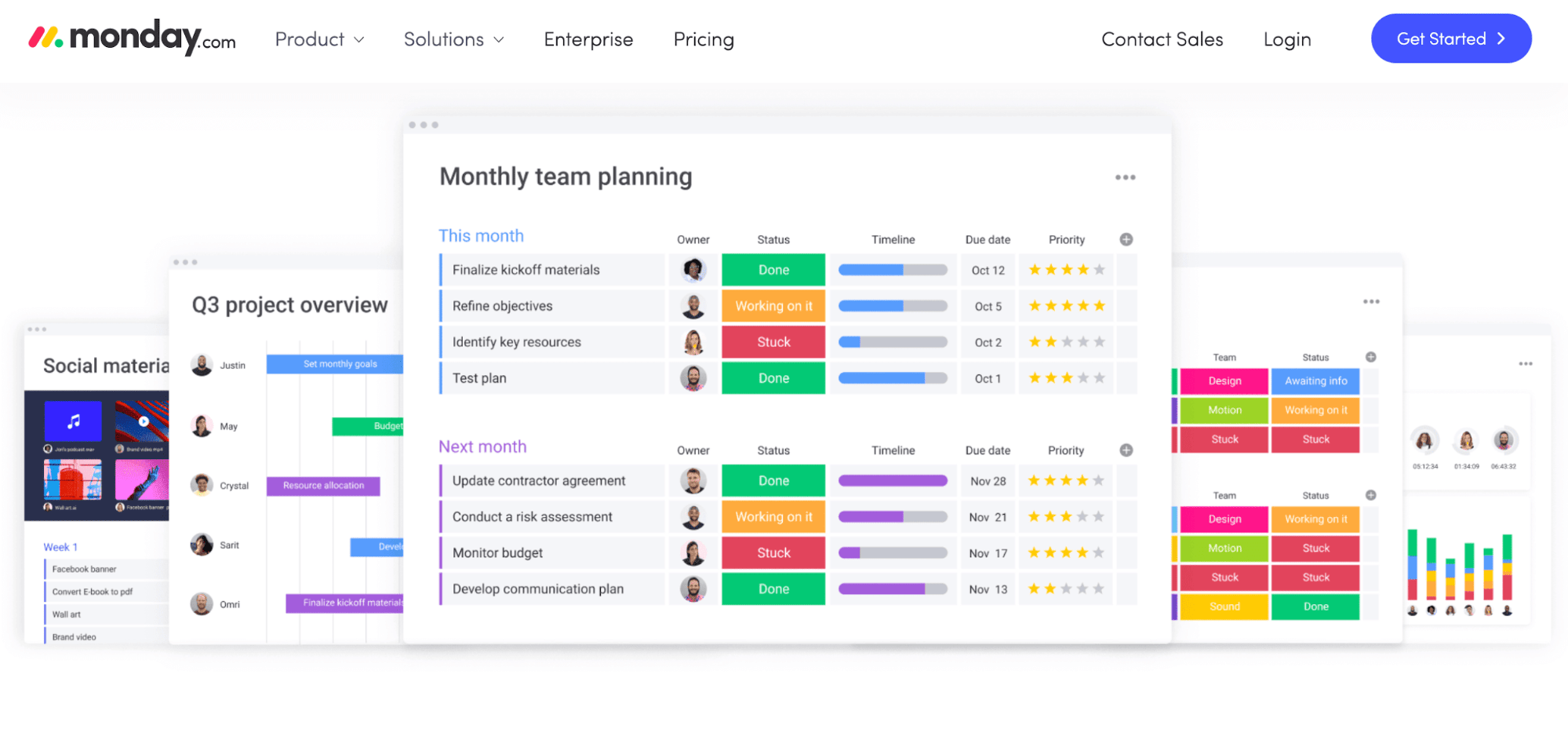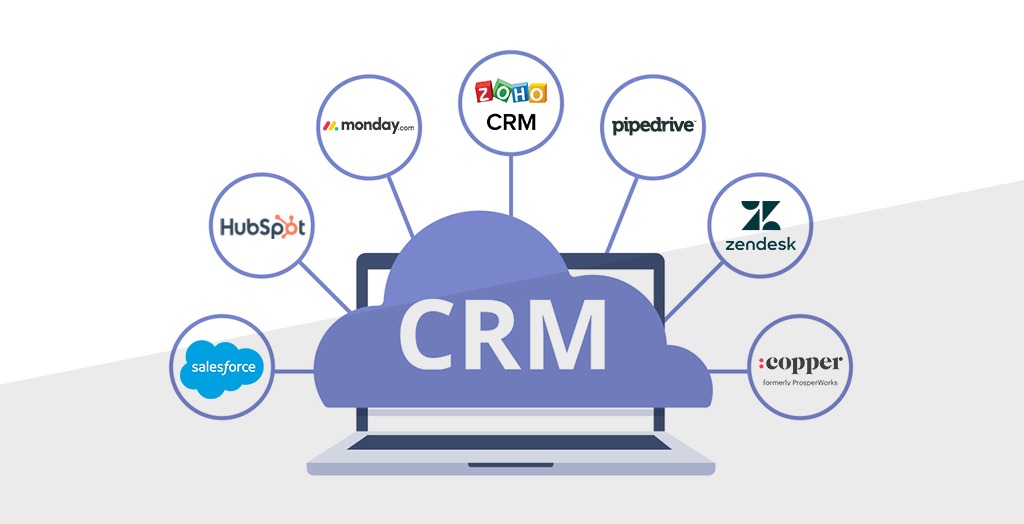Imagine having the ability to cut your interest rate, shorten the term of your loan, or even your monthly auto payment. These are merely some of the advantages of refinancing your auto loan. Over time, refinancing is a prudent financial decision, yielding substantial financial savings. This post will help you take advantage of the economic opportunities by guiding you through refinancing a car loan.
Car Loan Refinance: The Fundamentals.
Let’s start with the fundamentals and work down to the details. Car loan refinance replaces your existing auto loan with a new one that typically offers better terms. The objective is to locate a new loan with better conditions, interest rates, or monthly payments. You can save money and get better financial standing overall by refinancing.
For What Reason Should I Refinance?
Refinancing your auto loan has several benefits, including:
* Reduced interest rates: You can qualify for a reduced interest rate if your credit score has increased when you first took out your auto loan. Long-term savings from this could be significant.
+ Lower monthly payments: By extending the loan duration, you may spread out the cost of your vehicle over a longer time frame. Your budget will feel the immediate benefit of a lower monthly payment.
+ Shorter loan term: However, refinancing can help you minimize the length of your loan if your finances have improved and you would like to pay it off sooner.
+ Better cash flow: You can obtain more monthly funds by refinancing. You can invest in your future, create an emergency fund, or pay off other bills with the extra cash.
Should You Get a Refinance?
In certain situations, refinancing your auto loan makes sense. Examine the following conditions:
1. Interest rates have fallen: You may refinance if interest rates have reduced considerably since you took out your first loan.
2. Enhanced credit score: Refinancing may result in better loan conditions if you have worked to raise your credit score.
3. Financial position change: Refinancing can help you take advantage of better terms if your financial status has improved due to a rise in income or a drop in debt.
4. Poor terms on your loan: Refinancing might allow you to renegotiate and find a loan that better fits your needs if you are dissatisfied with the terms of your present loan or are having trouble making your payments.
Step-by-Step Guide to Refinancing
Let’s go over the detailed steps to help you successfully refinance your auto loan now that we have a solid understanding of the fundamentals and when it makes sense.
Step 1: Assess the Loan You Currently Have
It is important to analyze your current loan before beginning the refinancing procedure. Be mindful of the following:
– Interest rate: Find out your current vehicle loan interest rate.
– Monthly payments: Evaluate your present monthly payments’ effect on your budget.
– Loan term remaining: Recognize how much time is left on your current loan.
– Outstanding balance: Determine the remaining debt on your auto loan.
Getting all of this information together can help you see your financial status.
Step 2: Look up lenders and interest rates
After you have a firm grasp on the terms of your present loan:
- Start looking at other lenders and their rates.
- Take into account both conventional banks and online loans.
- Find lenders focusing on refinancing auto loans, then evaluate the rates, terms, and costs.
Verify Your Credit Score in Step Three
When refinancing, your credit score is a major factor in deciding the interest rate and terms that you will be given. Before reapplying for a loan, address any problems that may exist.
Step 4: Request Pre-Approval for a Loan
It’s time to apply for loan pre-approval if you have found possible lenders and have a high credit score. Without going through a rigorous credit check, pre-approval enables you to comprehend the conditions you might be eligible for. Send in the required paperwork, which includes identification, proof of income, and car data.
Step 5: Examine Loan Offers
Compare the offers from several lenders once you have received loan pre-approval. Consider loan periods, interest rates, monthly payments, and other costs. Decide which offer best suits your needs and financial objectives.
Step 6: Finalize Your Refinancing Procedure
After selecting your favourite loan offer, it’s time to complete the refinancing procedure. Please submit any essential documentation, such as the updated loan agreement and any documents about the title transfer. Before you sign, ensure you have thoroughly read the terms and understand all the conditions.
Step 7: Pay Off Your Initial Loan
Closing your initial loan formally is crucial after the refinancing process is finished. Contact your current lender to ensure a smooth transition and pay off the outstanding sum.
In conclusion
Many financial benefits, such as lower monthly payments and interest savings, can be obtained by refinancing your auto loan. You may confidently go through the refinancing process and take advantage of the associated financial rewards by following the instructions provided in this guide. Remember to assess your current loan, investigate lenders, and compare offers when making your final refinancing decision. You’ll be well on your way to reaching your financial potential once you’ve mastered the art of refinancing.
> “Refinancing your car loan is like hitting the reset button on your finances, opening doors to new possibilities.” – Money Savant










